'Hidden by Fire' Gives Voice to Witnesses of a Gay Mass Killing
08/06/18
xtyfr
By continuing to use our site, you agree to our Privacy Policy and Terms of Use.
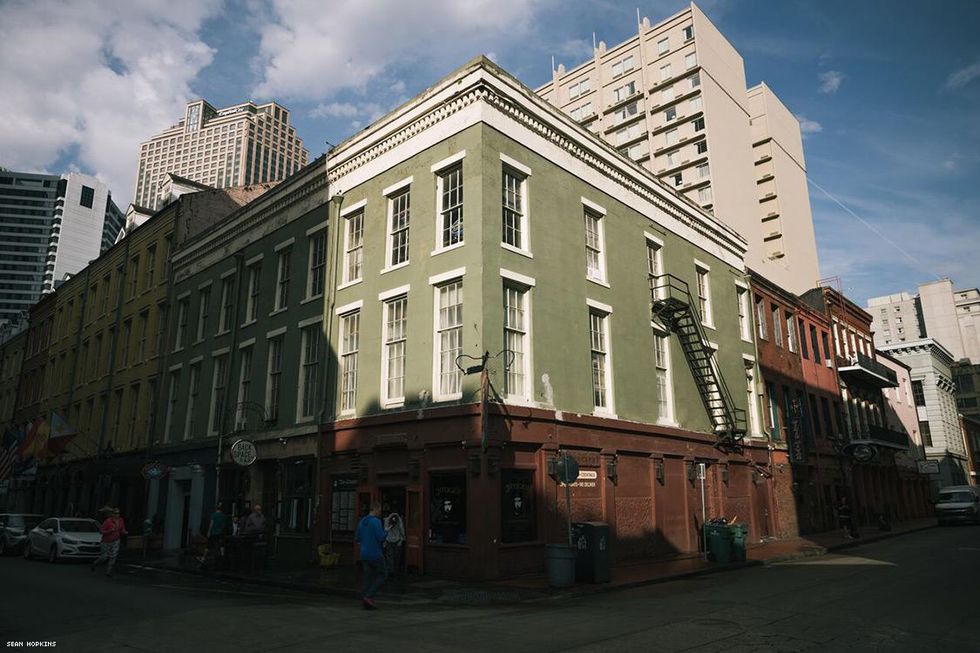
On June 24, 1973, 32 people died in what was then the largest mass murder of LGBTQ people in history. Since then, the Pulse shooting has eclipsed that.
Robert W. Fieseler is the author of a nonfiction book recently released by W.W. Norton/Liveright entitled Tinderbox: The Untold Story of the Up Stairs Lounge Fire and the Rise of Gay Liberation. The book details the lives of the people who attended the bar, the changing views about LGBTQ life at the time, and the most likely suspect of the crime in that bar in the French Quarter in New Orleans.
Robert wrote to us, "I was inspired by your recent photo feature on my dear friend Skylar Fein's exhibit at NOMA. As an addendum to my book Tinderbox, I recently brought two renowned street photographers Vince DeSantiago and Sean Hopkins to New Orleans to document the last remaining local survivors and witnesses of the infamous fire; the rest have died or been displaced. What Sean and Vince captured was remarkable and quite moving."
On the following pages photos of the witnesses and survivors tell a moving story indeed for the project "Hidden by Fire."
Follow the photographers Vince DeSantiago (instagram.com/vincedesantiago), and Sean Hopkins (instagram.com/sirbruceleroy) on Instagram.
You can see more about Robert's book, Tinderbox: The Untold Story of the Up Stairs Lounge Fire and the Rise of Gay Liberation, on Amazon here.
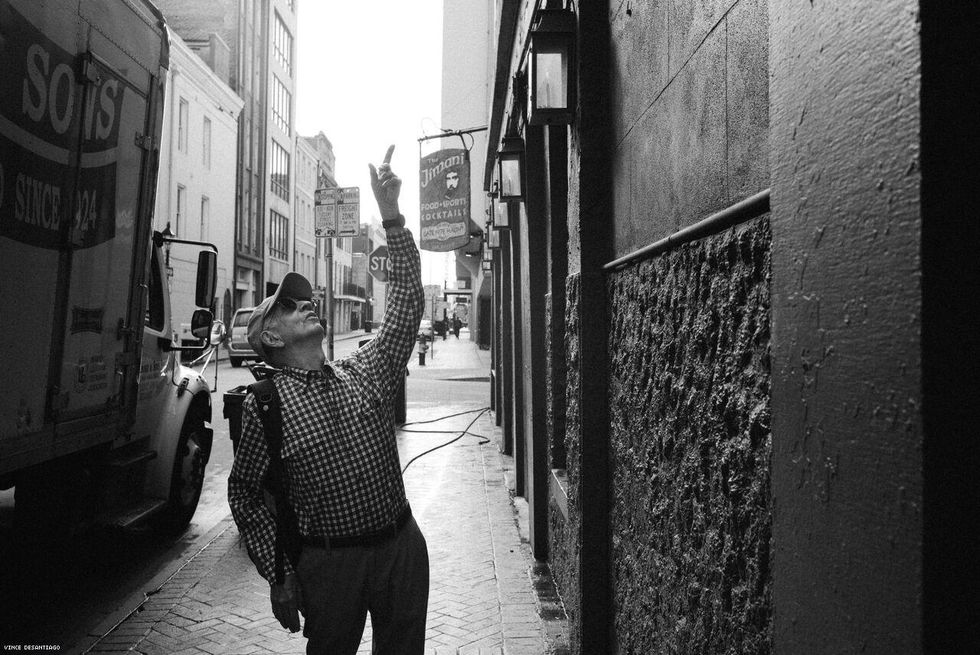
Fire survivor Robert Vann returns to the UpStairs Lounge -- his first visit since June 1973. He points to the window he leapt through on the second floor, escaping the flames.
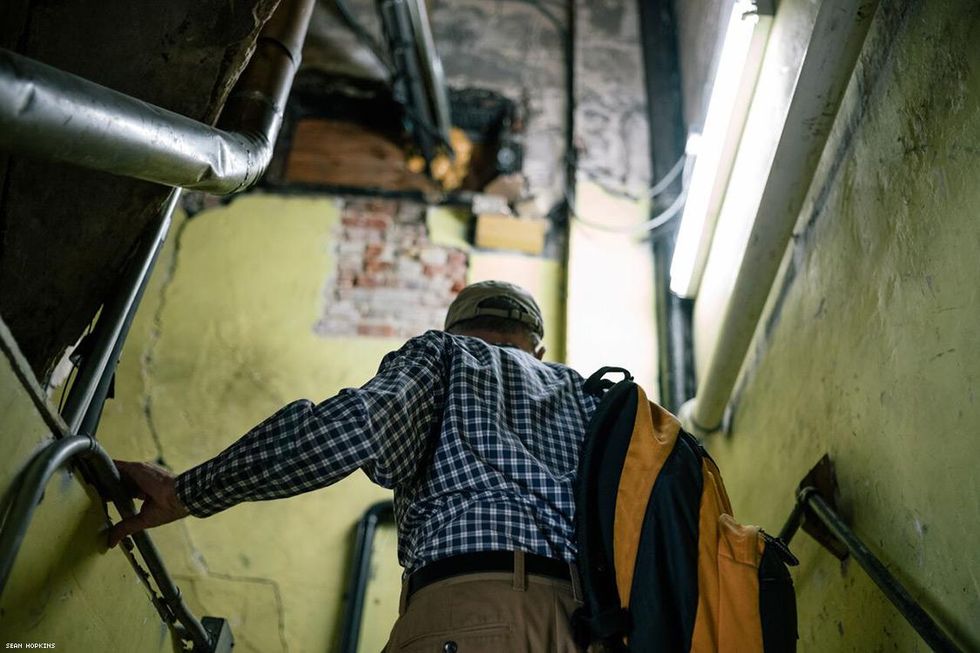
On the night of June 24, 1973, Robert Vann walked up this staircase to a secluded, second-story gay bar with his close friend Jim Hambrick. Vann made it out safely. Hammrick was engulfed by flames and eventually died in a hospital burn ward.
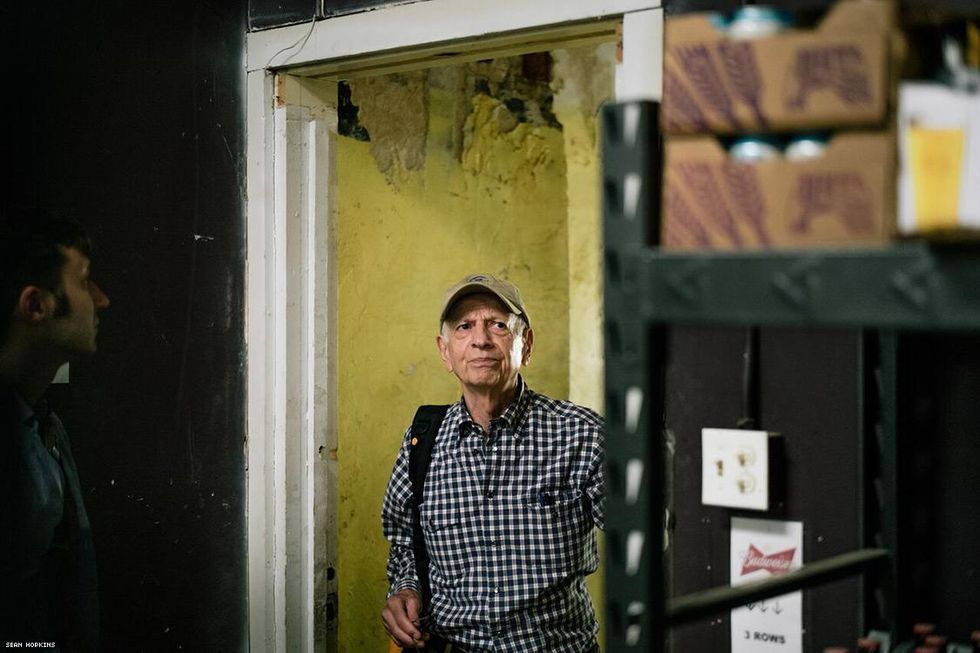
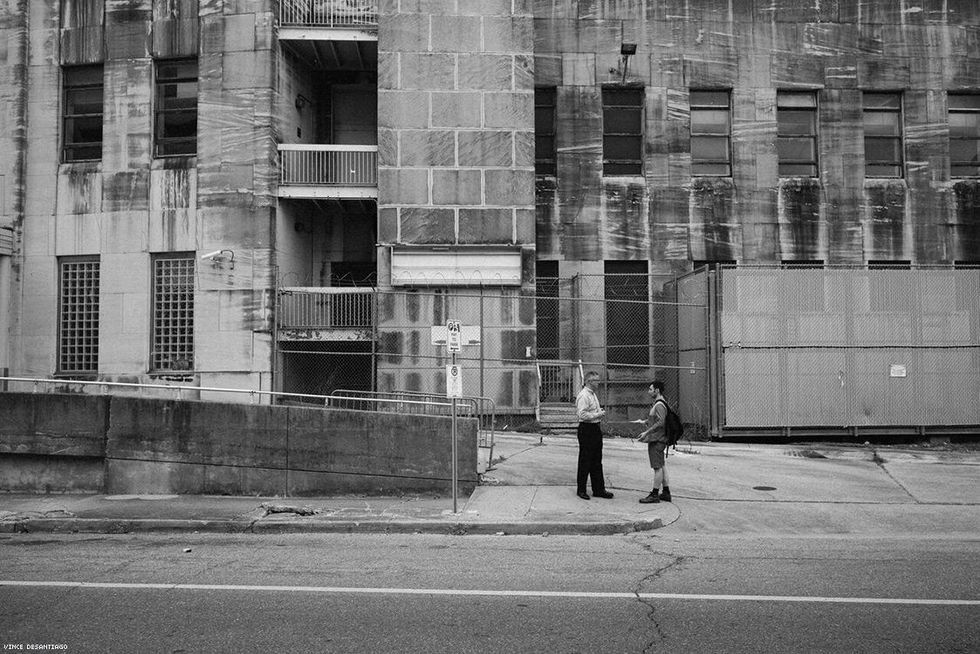
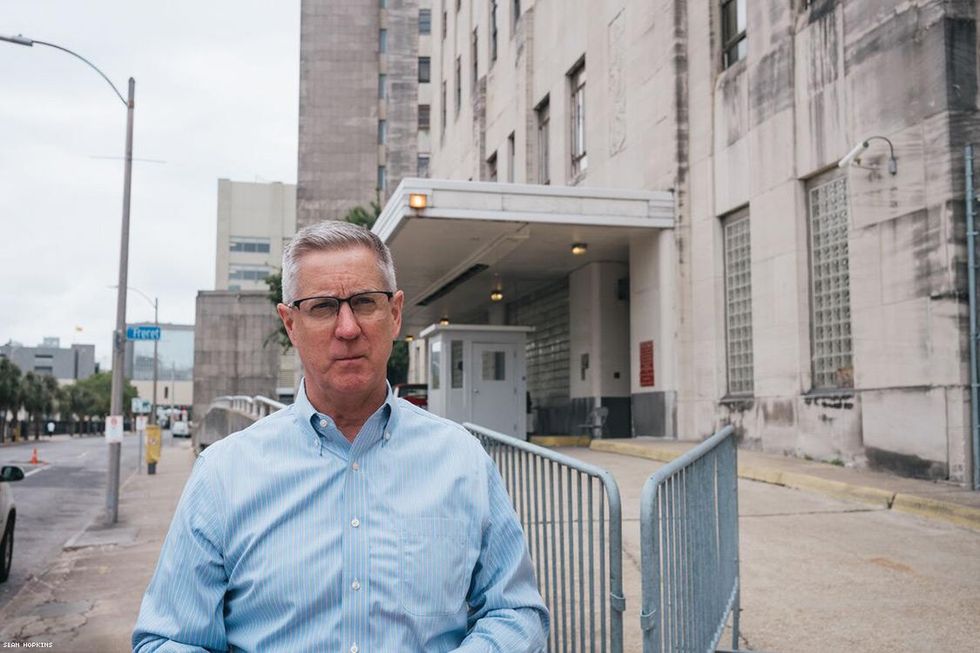
Journalist Clancy DuBois remembers being a newspaper intern assigned to report the fire. On the night of June 24, Clancy stood at the emergency ramp of Charity Hospital as bodies arrived in ambulances. Dozens were dead. Some were charred but alive. Witnessing the carnage he wrote a front-page story entitled, "Blood, Moans: Charity Scene."
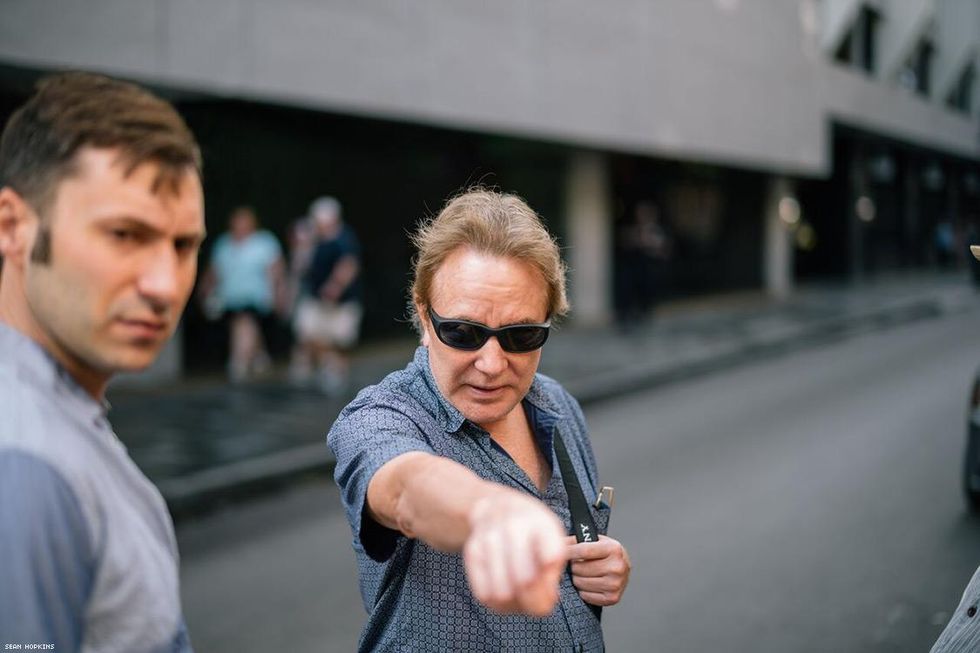
Photojournalist Ronnie LeBouef remembers the fire as it raged. The night of June 24, 1973, he walked toward the burning bar and found men laid out on stretchers on the sidewalk. Looking up he noticed the ashen remains of a man who'd been incinerated between two window bars. He pressed click. The image of that deceased man -- Bill Larson, a minister of a gay-friendly church -- became the fire's most infamous image.
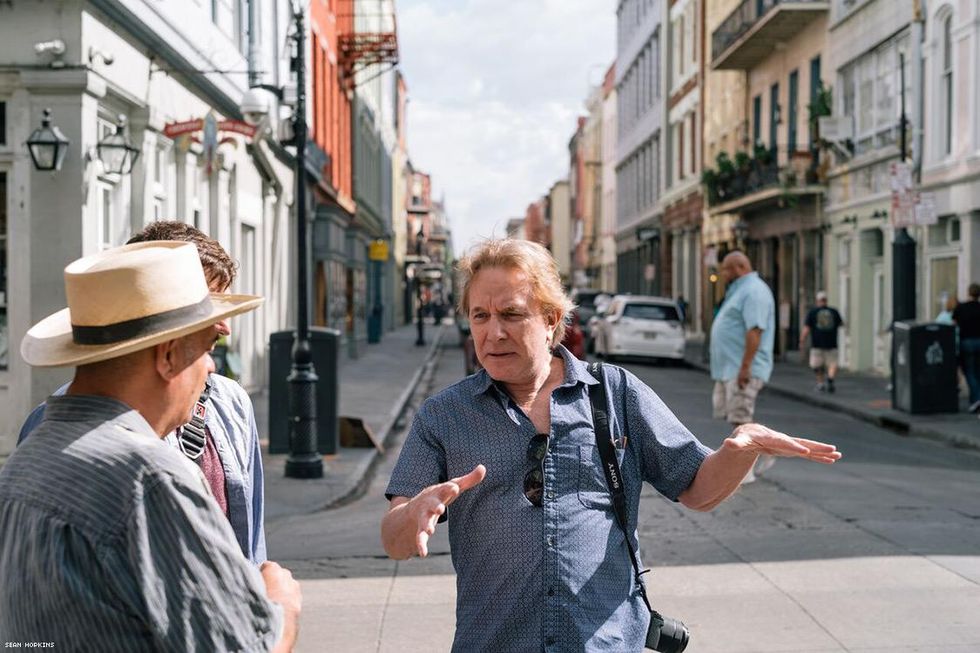
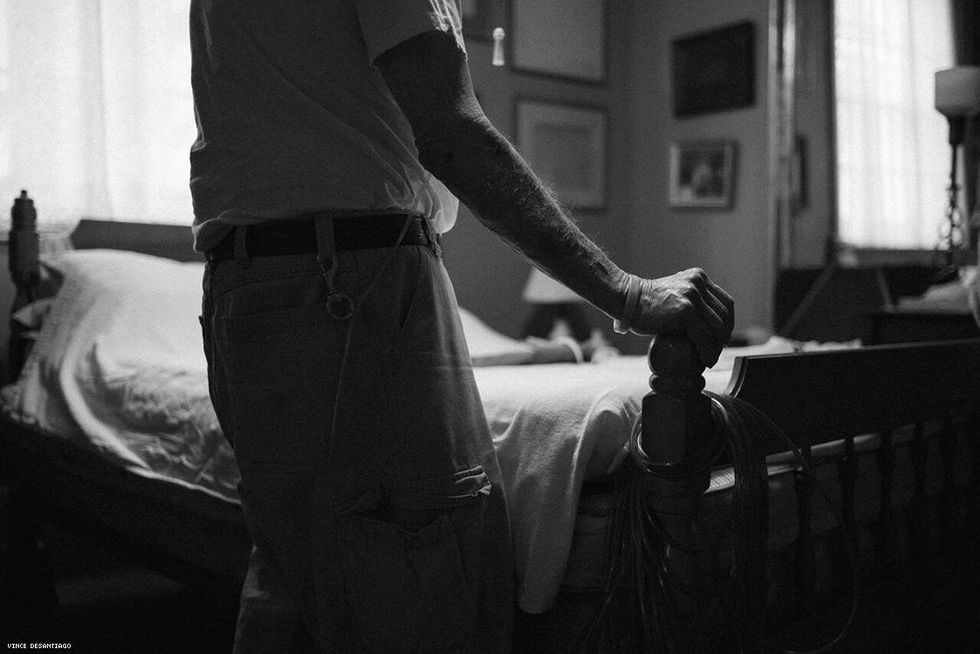
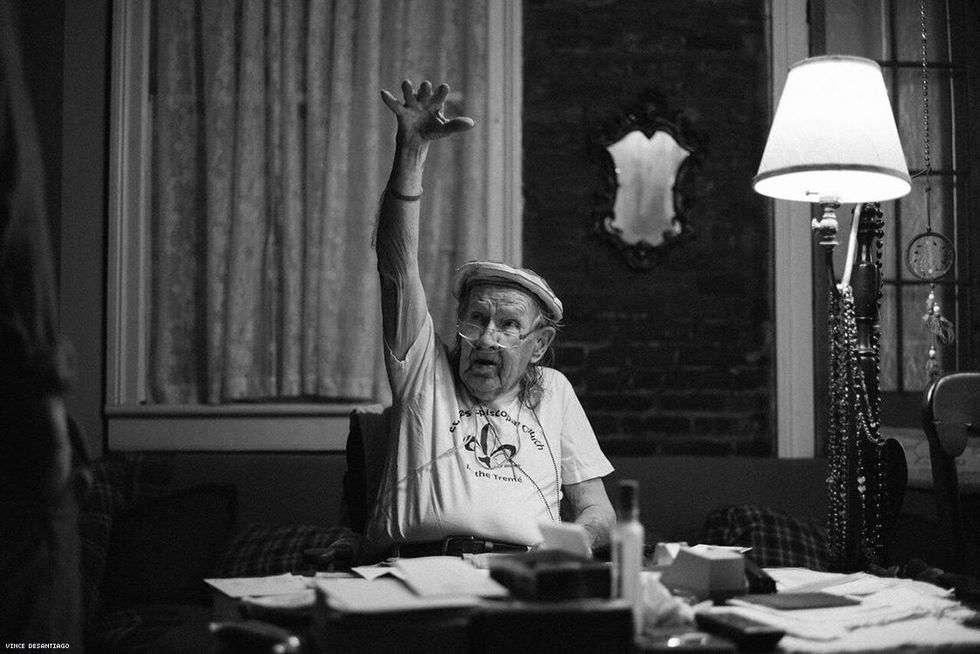
UpStairs Lounge survivor Stewart Butler describes the height of the flames surging from the bar.
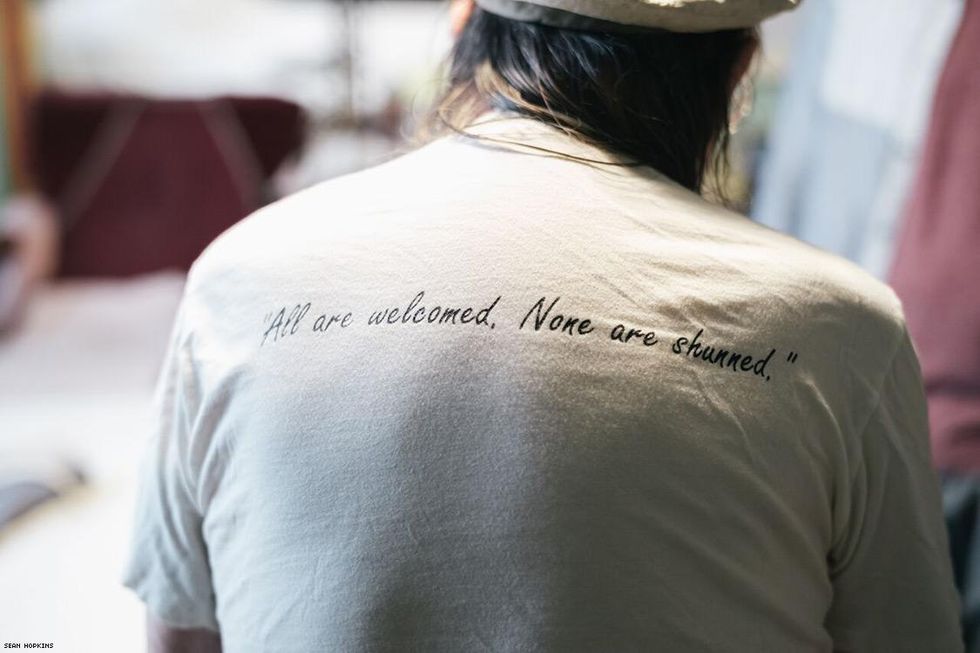
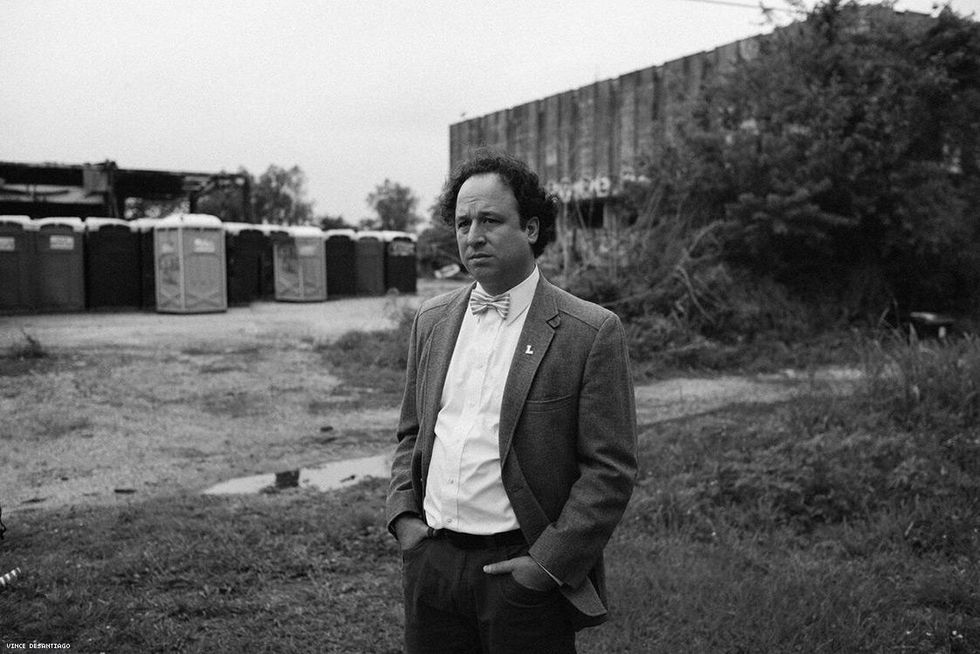
UpStairs Lounge historian Royd Anderson stands near the abandoned potter's field where three unidentified victims of the fire were buried without markers in 1973. Behind him is the lot where city organizations store port-o-lets for major festivals.
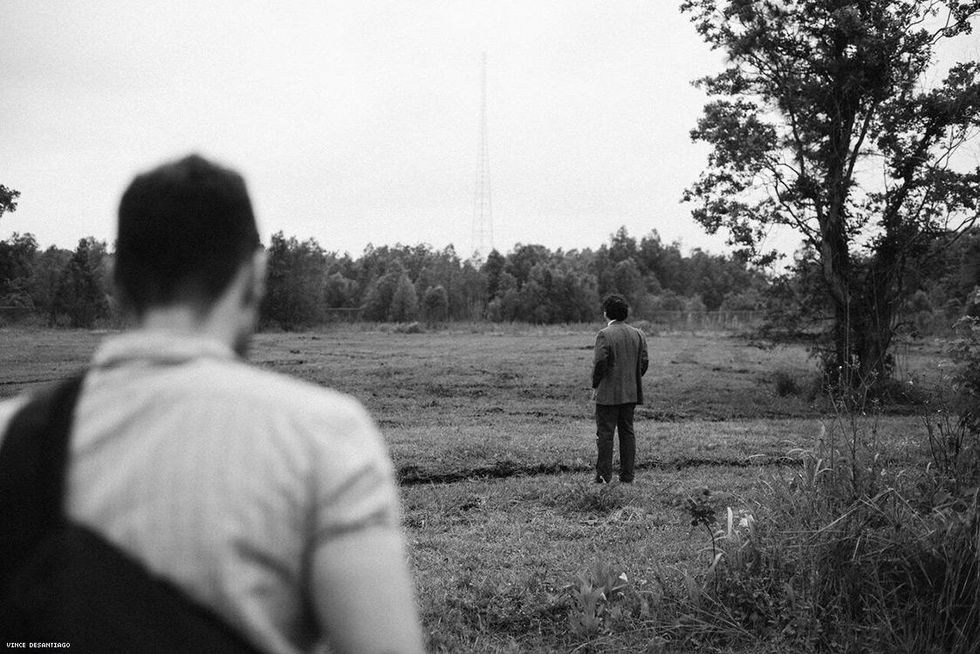
Historian Royd Anderson searches the unmarked field for the possible place where UpStairs Lounge victim and veteran Ferris LeBlanc might have been buried. LeBlanc's family is currently pursuing legal action to exhume his remains.